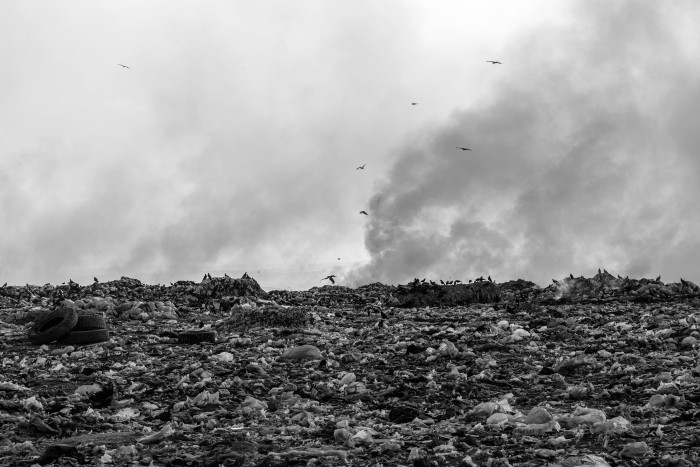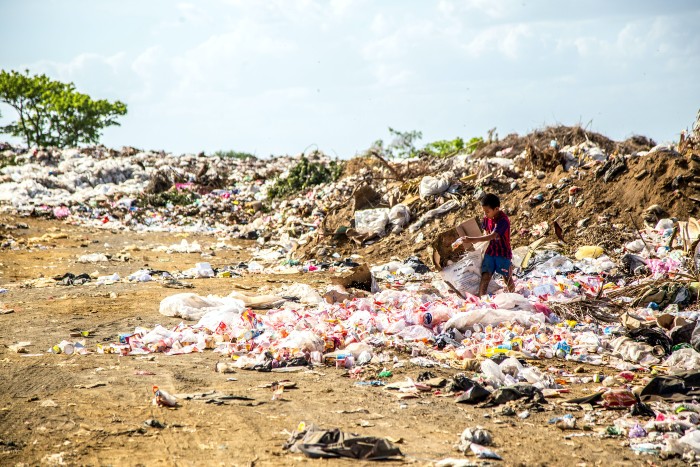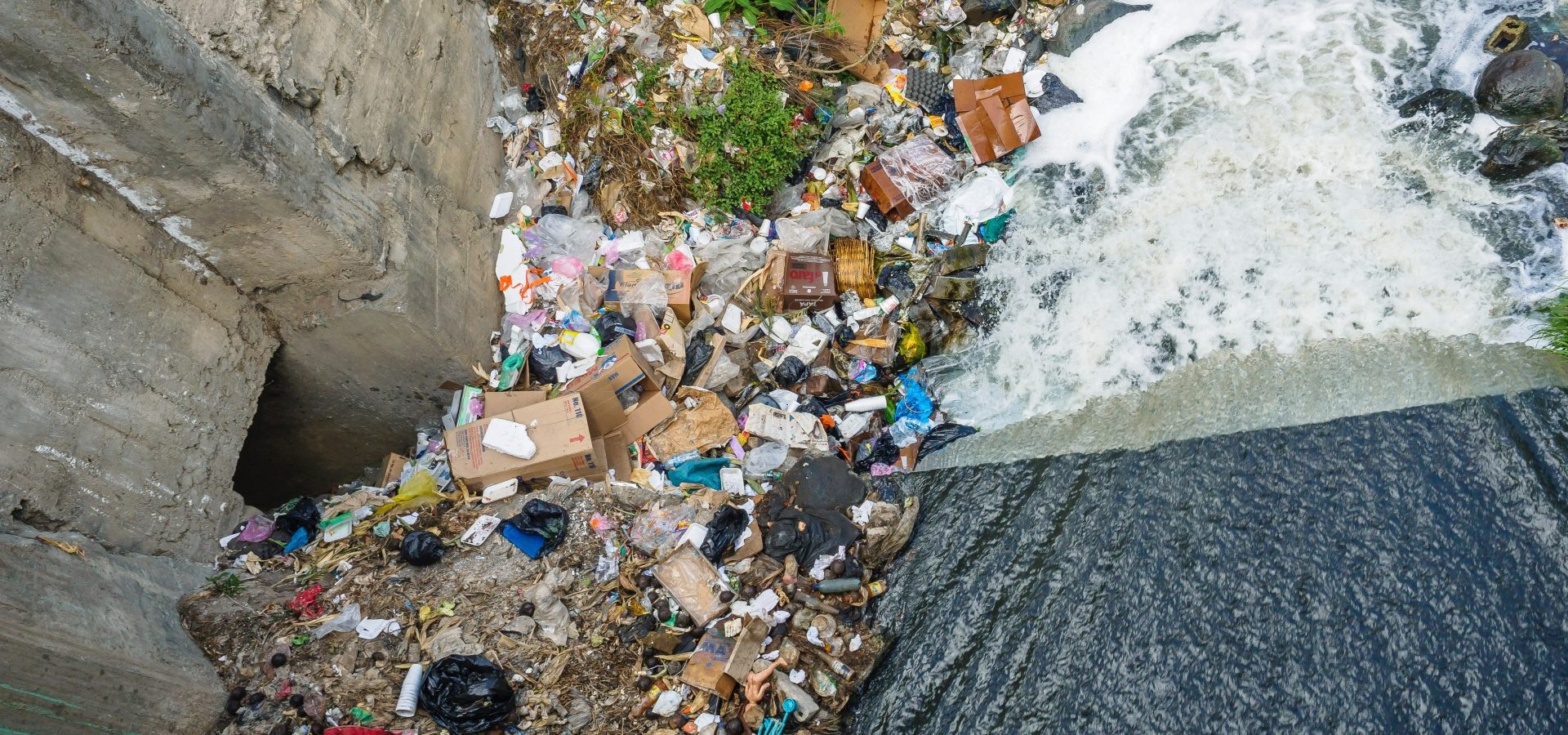If the climate emergency wasn’t evident enough already, the blazing fires across landfills in India’s capital should ring all the alarming bells. On 28th March 2022, one of the landfills in Ghazipur, Delhi broke out in a fire as the temperatures across India reached an all-time high. About a month later, on 26th April, another fire erupted in Delhi’s Bhalswa landfill. As I write this, firefighters continue to battle the fire at this massive landfill.
So what exactly are these landfills and why are they catching fire? Let’s try and figure it out.
Most of us begin our busy days with a warm cup of masala chai made using milk delivered in packets at our doorstep, as is usual. Rarely do we realize that our contribution to non-recyclable waste begins right there and then.These milk packets are made of single-use plastic, which means these packets will be immediately disposed of after you’ve used what they contain.
Your average city dweller might also be going through a bottle of shampoo, lotion, perfumes, a toothbrush, face wash, cosmetics etc; all come packed in vibrant plastics. With 32 lakh people living in Delhi alone, our city generates unimaginable amounts of garbage. It is almost impossible to contemplate the waste generated by 138 crore people living in India. And where does all this waste go from our dustbins?!
You guessed it: It reaches the landfills. Landfills are places where garbage is dumped in heaps. Some authorised landfills follow an eco-friendly and scientific method of managing and segregating waste, while most others just exist as an amalgamation of plastic, food and toxic waste piled up together. Landfills are hotbeds for methane production, which is a highly flammable gas. With high methane emissions, even the slightest rise in temperatures and the smallest spark can ignite the whole area. Therefore, fire at the 65-metre tall mammoth of a landfill in Ghazipur isn’t easy to put out.

The lack of scientific planning and segregation of waste is one of the main reasons for these blazing landfill fires. Unstable mounds of burning garbage prevent the firefighters from taking their firetrucks in. These firefighters are not only combating the fire but are also in danger of getting buried under the garbage if any mound collapses. With the presence of ample methane, these fires are bound to persist and spread.
For the people and the animals living in the areas surrounding this putrid dump, these fires are now an even greater risk to their health than they have always been. The combustion of various plastics and food waste, along with other garbage, are releasing more toxic gases that are sure to impact health.
Landfill fires are also heavy contributors to air pollution. According to the World Air Quality Report of 2021 made by Swiss organisation IQAir, Delhi was among the cities with the worst air quality in the world. Landfill fires have only worsened the already poor quality of air. Another factor that is usually overlooked is the overall contamination of water. As there are no barriers between the waste and the soil, the toxins from the waste seep into the soil and degrade the groundwater of the area.
So what can be done to tackle the problem of landfill fires? Well, for one, we must follow proper segregation of waste. Some landfills, such as the one in Las Vegas, use machines, along with human help, to segregate the waste and flatten the landfill to increase its lifespan. This is certainly a model we can replicate, but only as a starter since this isn’t a sustainable solution.
A much better model that we should strive to imitate is that of Japan’s Kamikatsu village, where the segregation of waste starts at home itself. The citizens follow a strict system of recycling and segregation of waste, where waste is defined under 40+ categories. Indeed, this would require effort by each and every citizen, and is a much harder model to implement. But if it is patiently followed with dedication and coordination, it will ensure safety with its sustainable and long-lasting model.
In India, we can already see some similar actions being taken in cities like Indore, that are working on segregation of waste from a household level, and partnering with NGOs to raise awareness on proper waste management and disposal. This shows that the citizens clearly have the will to work towards a cleaner India, as long as there is awareness and infrastructure that supports them in this venture!

These solutions talk about consumer responsibility and put the matter of reduction of waste management in the hands of the consumer. A fairly great responsibility to reduce waste also belongs to the producers. Holding producers accountable for the amount of unrecyclable plastic they supply is also essential. Putting the pressure to manage and reduce waste solely on consumers essentially gives producers a free reign to generate unsustainable products. Surely, the best solution offered these days to reduce waste is to recycle and reuse it. Even so, plastic will not be able to decompose into the environment; not in our lifetime or in the lifetimes of the next 4 generations.
With toxic flames rising in our capital city due to our own misdeeds, a joint effort to find alternatives to waste management is extremely important.





